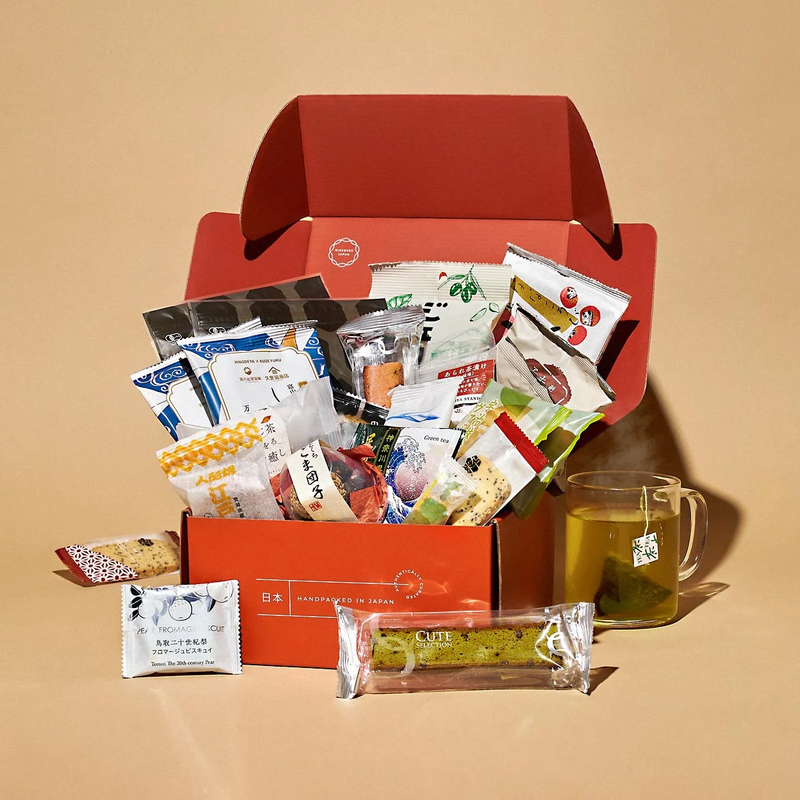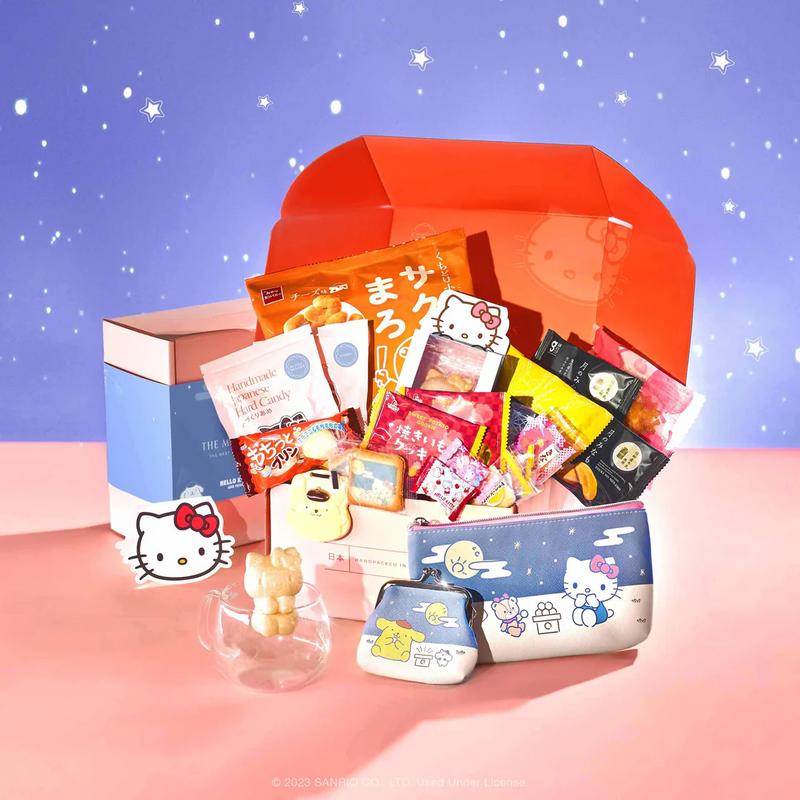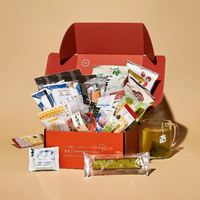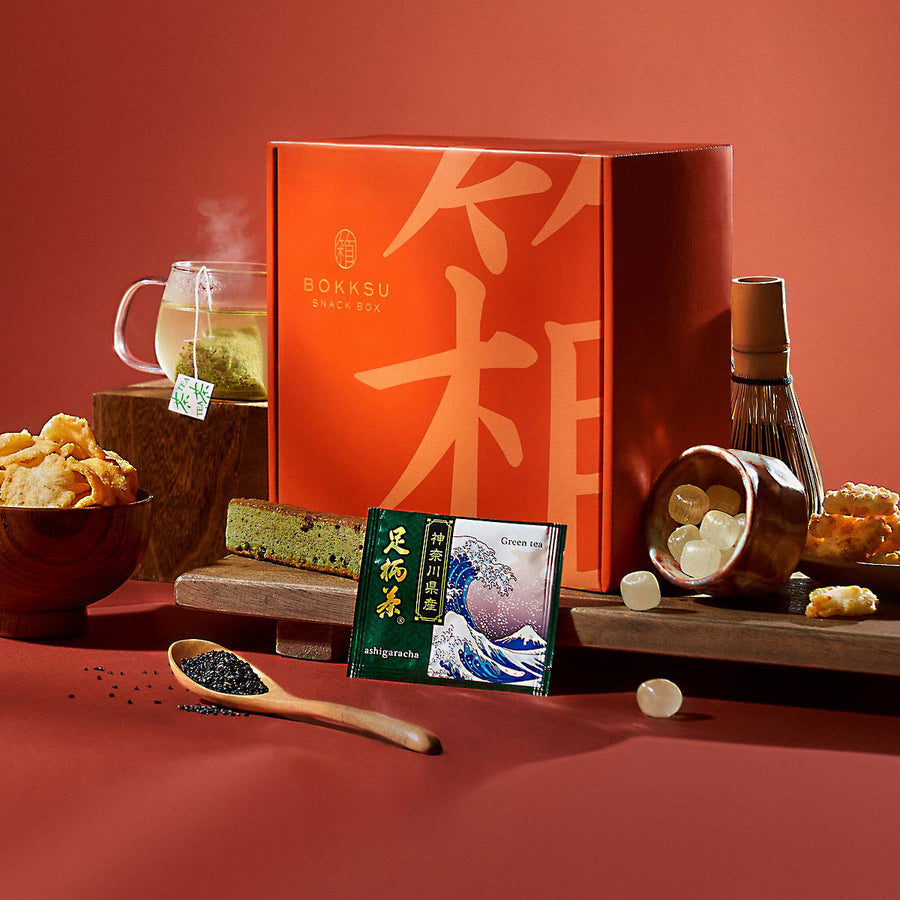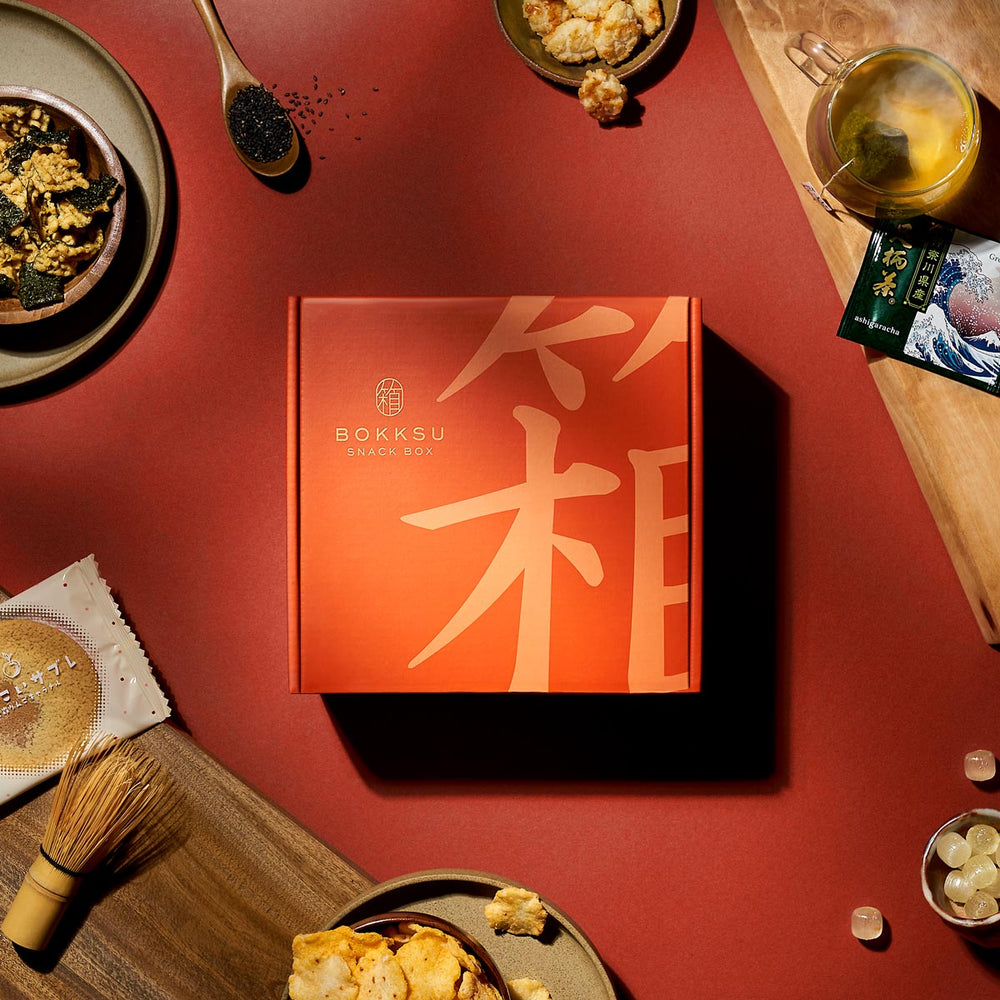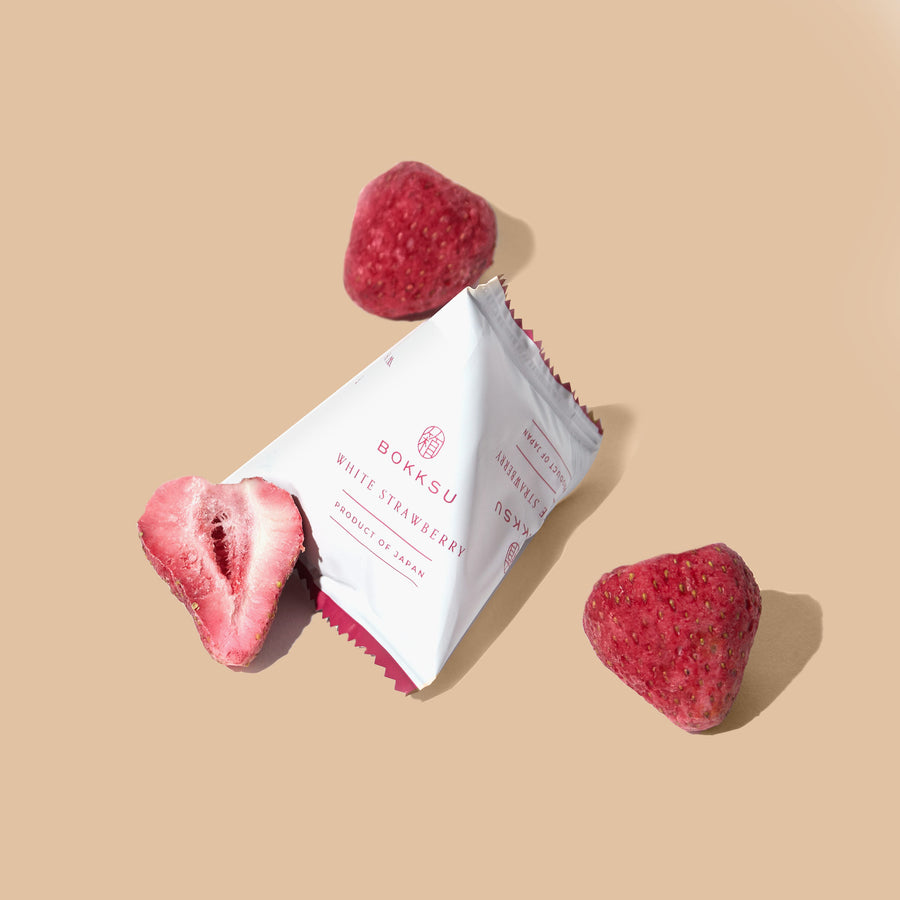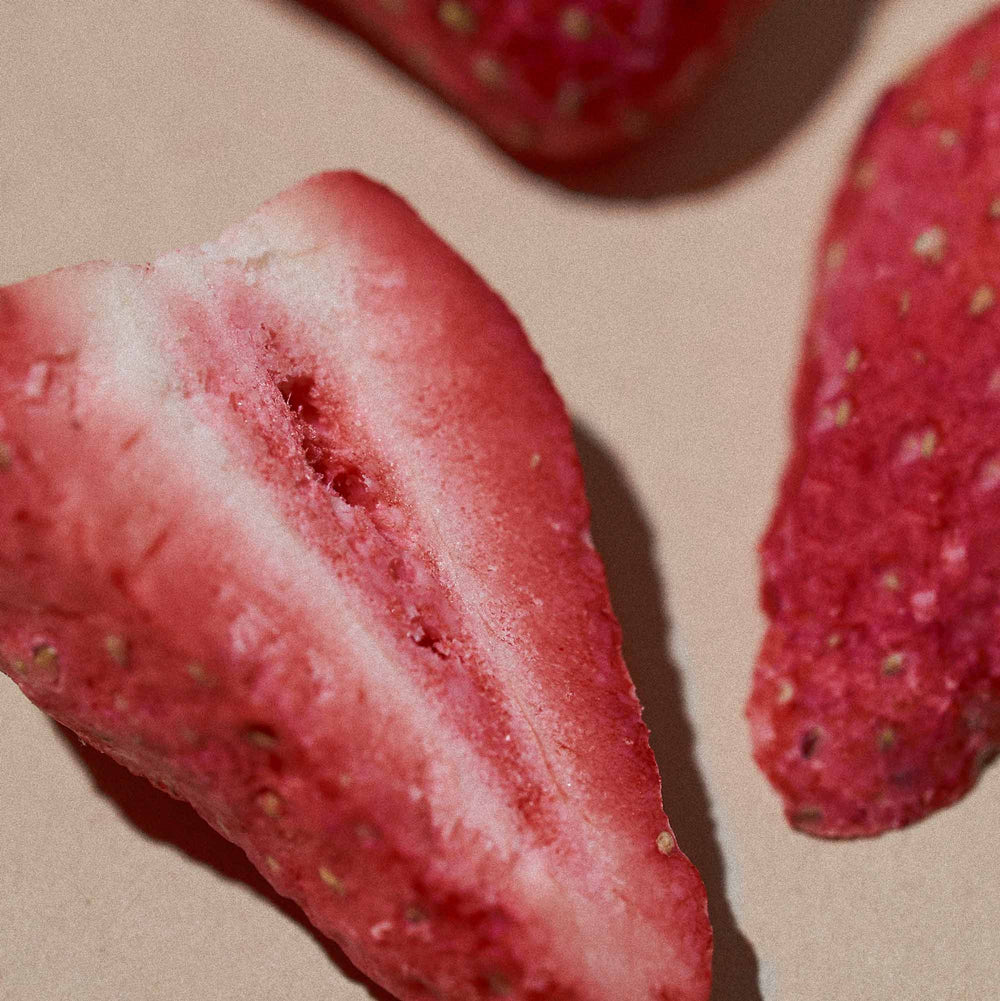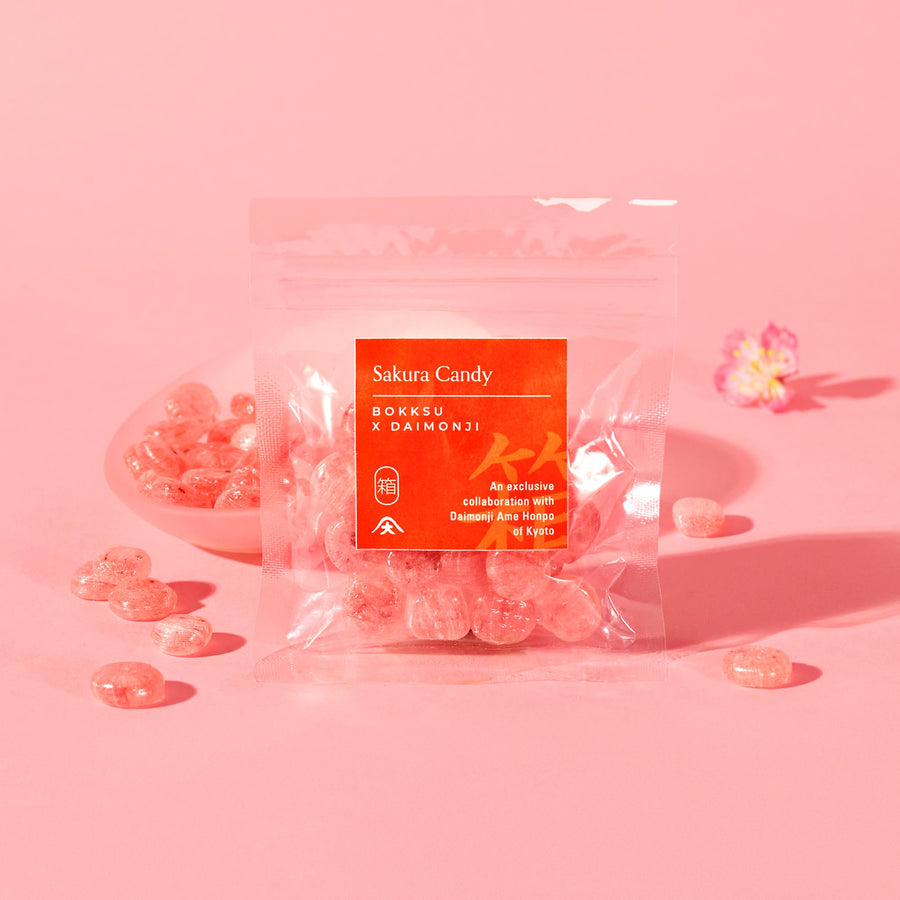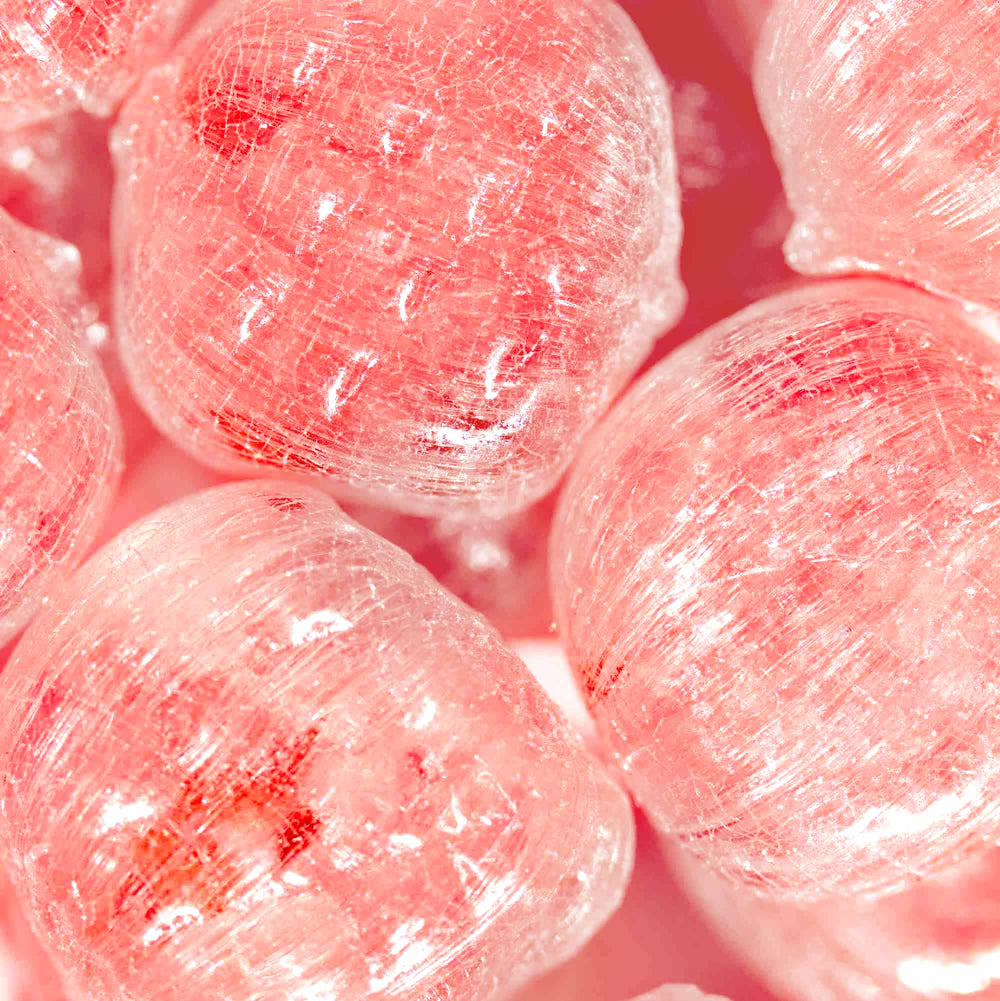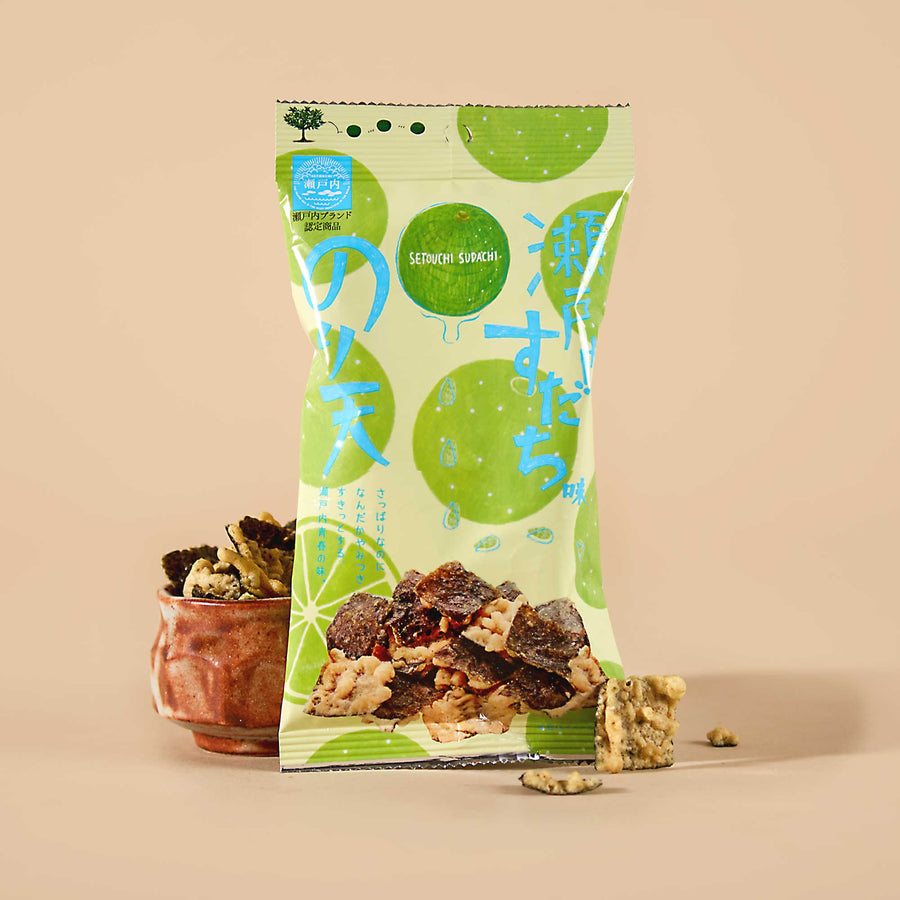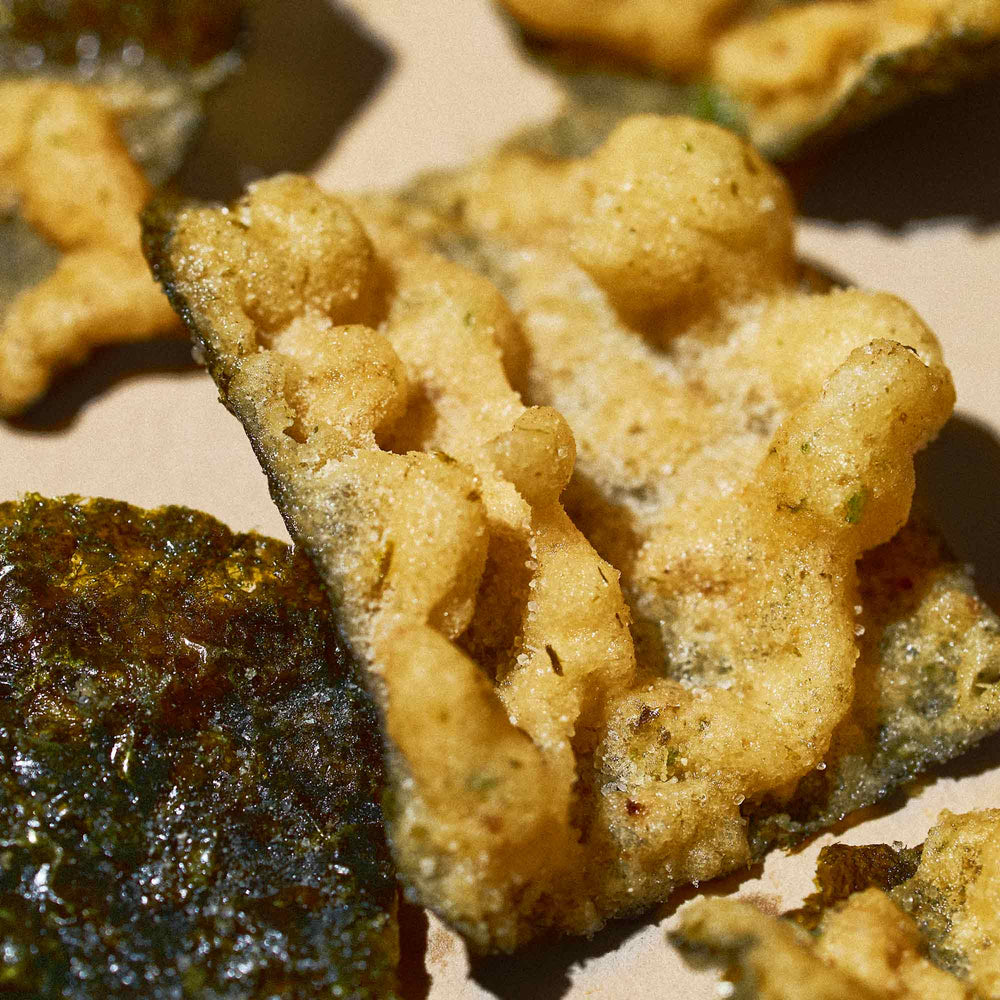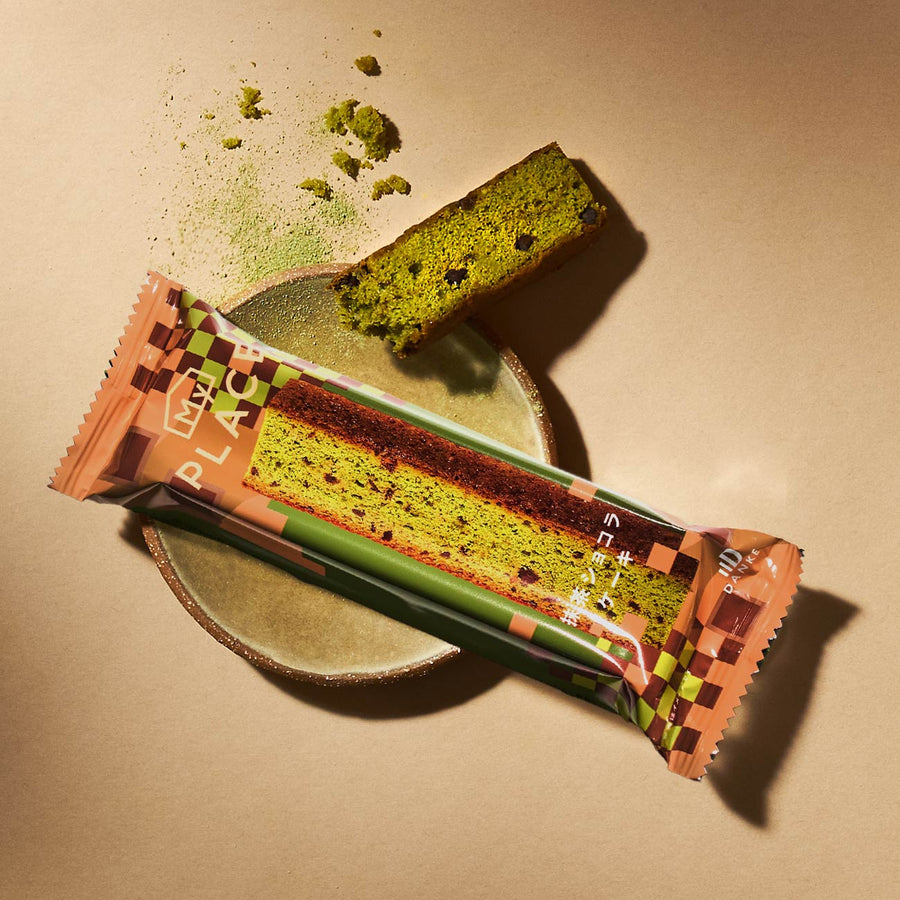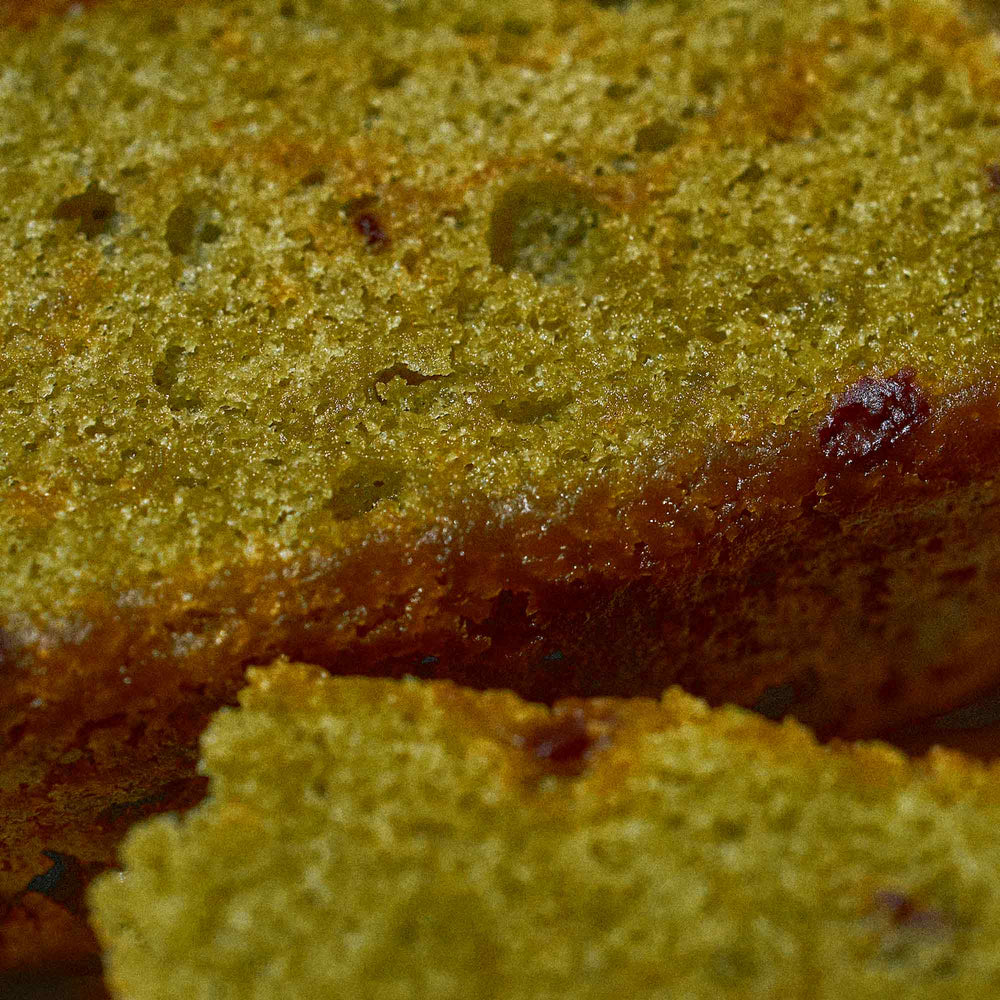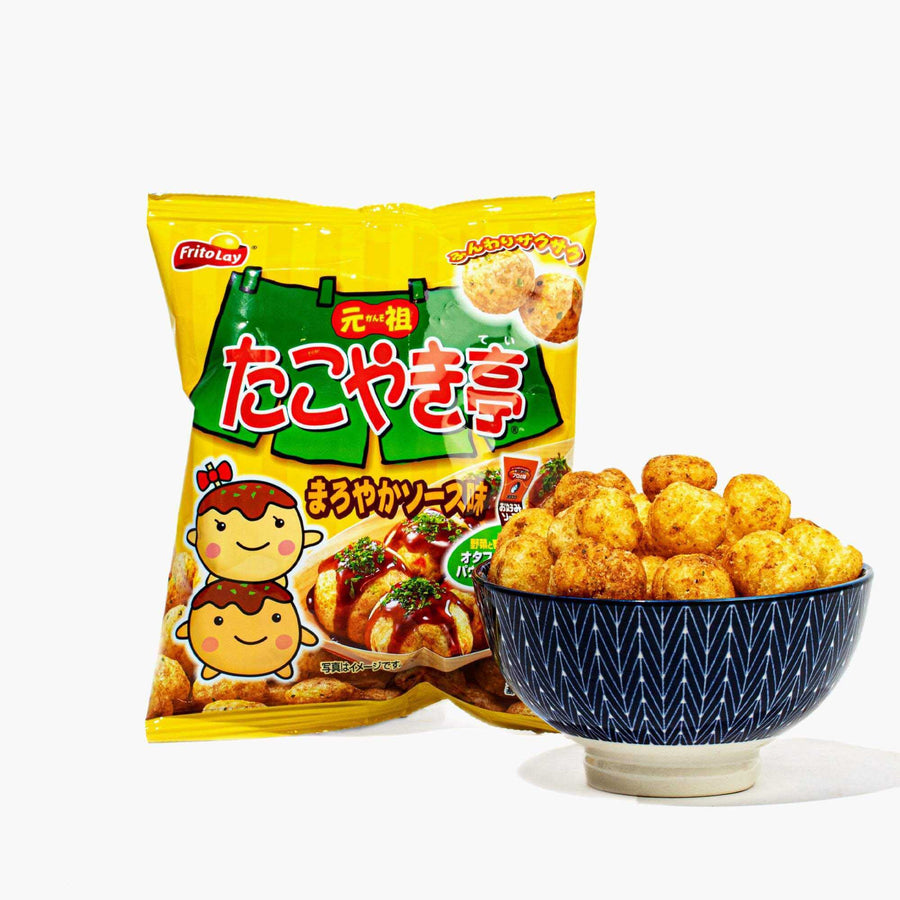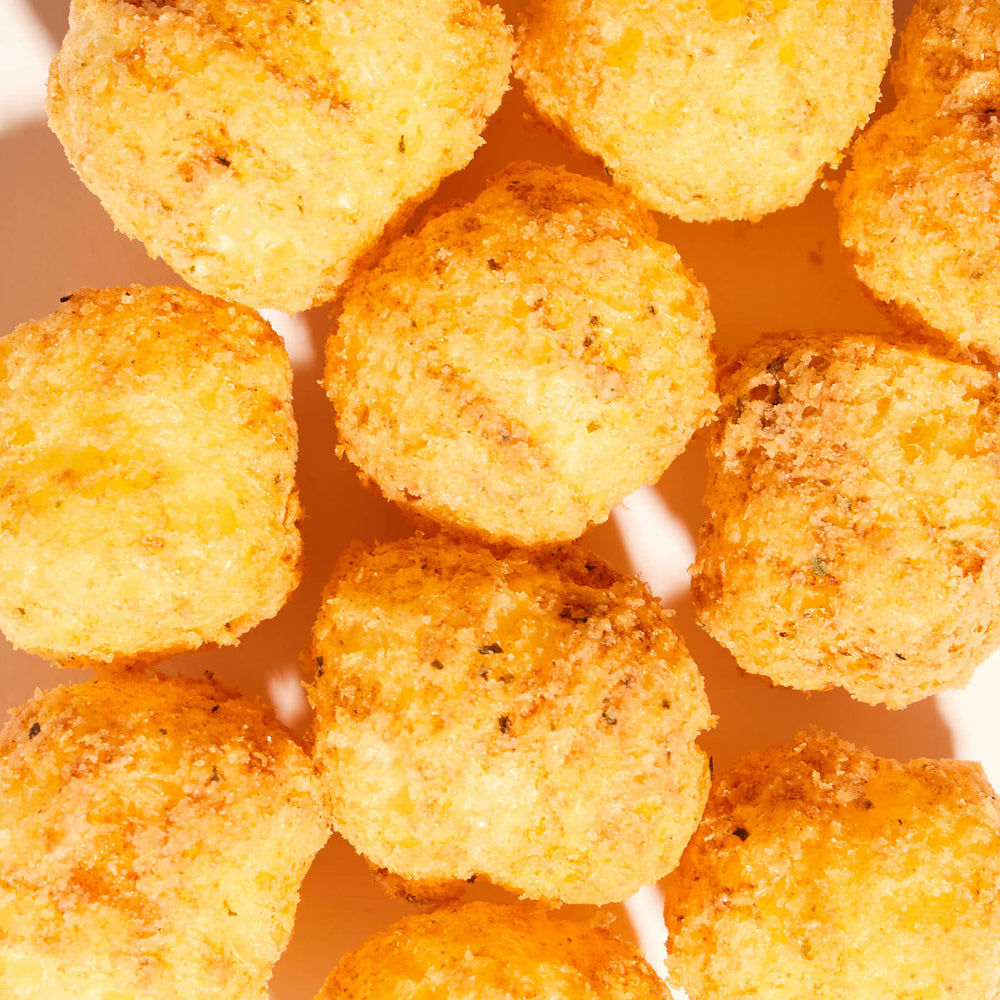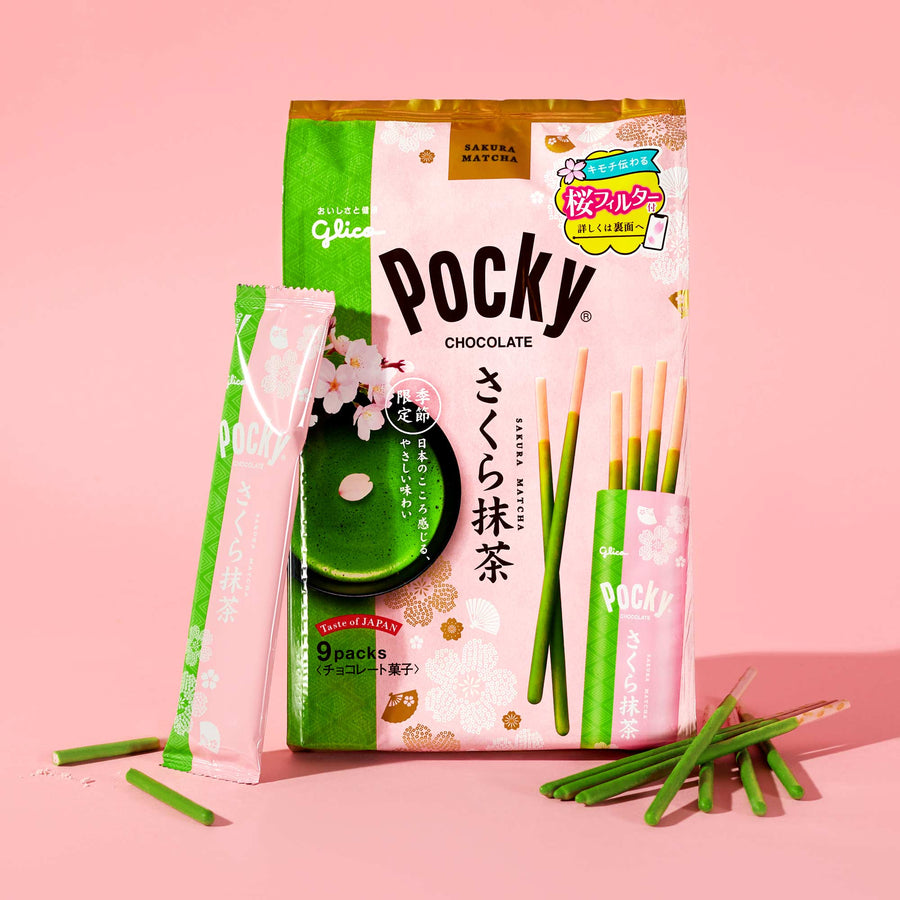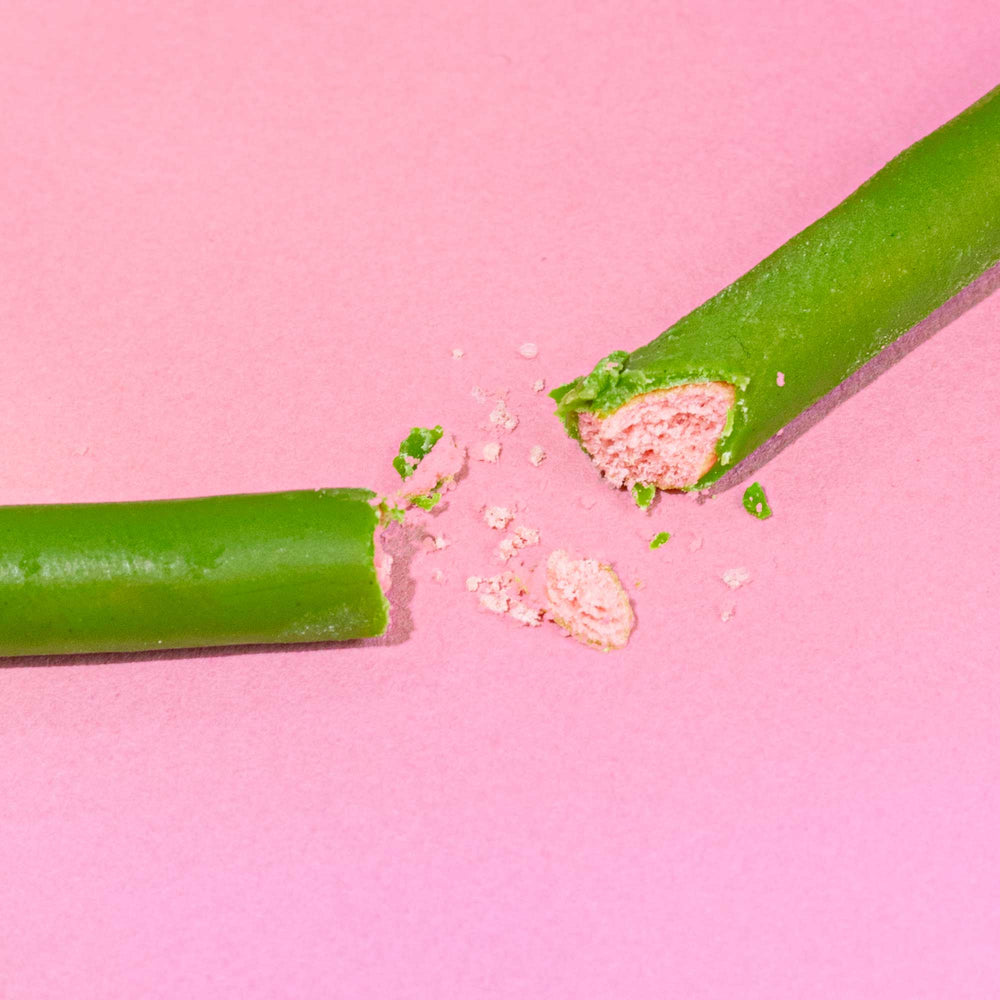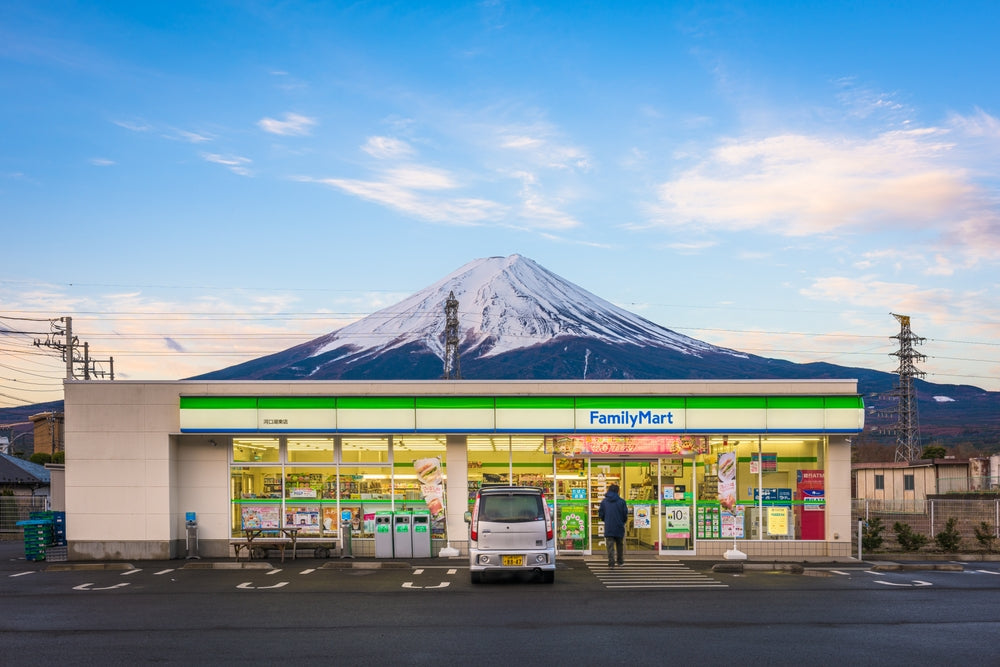A Peek into what is Pocky: Why This Japanese Sweet Treat Never Disappoints
Pocky is an iconic Japanese snack that gets its name from the snapping sound, pokkin, the treat makes when you eat it. Pocky starts with a crispy biscuit stick that’s dipped in chocolate, leaving just a bit of the end so your fingers don’t get messy.
Different flavors of Pocky are available in specific countries, with some special flavors limited to certain areas. Even in its country of origin, there are unique regional flavors of Pocky inspired by different ingredients native to Japan.
With super satisfying textures and a wide array of delicious flavors, it’s hard to have just one Pocky. Enjoy them as a snack, a dessert decoration or to stir your drink.
What Is Pocky?

Pocky is a thin stick-shaped cookie or biscuit dipped in a flavoring such as chocolate. It can also be coated and sprinkled with other toppings as well. Its name comes from pokkin, the onomatopoeia describing the sound made when eating Pocky. However, its name varies from region to region. In Malaysia, it is known as Rocky, while Europeans call it Mikado.
It was originally marketed to young females looking for a fast and easy snack, but it quickly took off in popularity in all demographics. The convenience and portability make it very popular today, as it’s perfect for snacking on the go. It is also frequently served at bars and restaurants with a glass of ice water, milk, or alcoholic beverage.
Despite all of this, there were some initial complaints. The whole stick was dipped in chocolate at first, and customers did not like getting their fingers dirty while eating. By leaving an undipped portion at the end of the stick, customers could eat away and not worry about sticky fingers!
The Origins of Pocky

Pocky was invented by Yoshiaki Koma and first released by the Ezaki Glico Co. in Japan in 1966. The original chocolate-covered biscuit stick was an instant hit, prompting the creation of new flavors. Almond Pocky went on sale in 1971 and, five years later, strawberry flavored Pocky was released. In 1970, Thai Glico Co. was established, and Pocky was able to spread throughout southeast Asia.
The 1980s would bring a period of creativity, with different Pocky flavors for various tastes. There was Pocky Bitter, Little Pocky, and Almond Crush Pocky. This trend continued into the 1990s, which saw the creation of Marble Pocky and Chunky Strawberry Pocky—which used freeze dried strawberry pieces.
The 2000s brought even more flavors, including matcha, strawberry, and white chocolate versions of the original. Pocky Decorer, which was also referred to as “Gorgeous Pocky,” was also created during this time.
By the 2010s, Pocky had reached nearly every corner of the globe. Pocky came in a wide array of styles and flavors, but customers were starting to flock back to the original “Red Box” Pocky. Glico decided to jump on the trend, refocusing on their original Pocky. Today, a variety of Pocky flavors are sold globally.
European Pocky

Pocky reached France in 1982, opening the door to the rest of Europe. In Europe, Pocky is sold under the name “Mikado,” with traditional flavors like dark, milk, and white chocolate-covered varieties. There’s also an “Intense” Pocky line, including chocolate noir with a hint of salt and a salted caramel version.
Another European Pocky is the Mikado Daim, a crossover with a Swedish chocolate bar. This biscuit is covered in milk chocolate and crunchy caramel chunks. The Mikado King Milk is a biscuit stick that’s coated in a chocolate moose and then drizzled with chocolate.
Japanese Pocky
Seasonality and regionality is very important in Japanese cuisine, and that applies to Japanese snacks as well.
Tasty regional fruit flavors include Shinshu Kyoho Grape from Nagano, Yubari King Melon from Hokkaido, and Sato Nishiki Cherry from Yamagata. Other unique Japanese flavors are Uji Matcha from Kyoto, Gorojima Kintoki Sweet Potato from the Kaga region, and Tokyo Amazake.
Seasonal Pocky flavors include sakura, for the spring, which is made with a browned butter biscuit and sweet sakura (cherry blossom) flavored chocolate that’s dotted with flecks of salt and sugar to make the flavors pop. There’s also sakura matcha, where the biscuit has a hint of cherry blossom and the coating is a rich, matcha-flavored chocolate. For the summer, there’s coconut and Brazilian orange flavors.
North American Pocky

Pocky production reached Canada in 1987 and the U.S. in 2003. Today, the core Pocky flavors available in both countries include Chocolate, Chocolate Banana, Cookies & Cream, Matcha, and Strawberry.
Some notable flavor variations are the matcha Pocky, which is milder than Japanese versions. Also, both Cookies & Cream and Chocolate Banana Pocky do a reversible, featuring chocolate biscuit sticks with cream coatings.
There’s already so many flavors of Pocky to discover around the globe, and more are added every year as Glico continues to improve their recipes and formulate new ones. Check out our selection of Japanese Pocky on the Market and find a new favorite flavor today!
Ingredients in Pocky
As you might expect, with the varying flavors in each country, the ingredients in Pocky are also variable. Some countries use a Pocky recipe which includes more animal-derived products than others. For example, Japan's Glico Tasty Special Chocolate Coated Biscuit Sticks have fermented butter.
While the recipes may vary slightly, you can expect the cookie to be made from wheat, whole milk powder, salt, yeast, and baking soda. These cookie sticks are vegetarian but are not vegan due to the inclusion of dairy. Unfortunately, Pocky is also not gluten-free, as it contains wheat flour.
What is Pocky Made Of?
As mentioned, Pocky is made of a crispy wheat flour biscuit, a creamy coating (usually chocolate, but not always), and toppings. The biscuit part of Pocky is made by combining wheat flour, sugar, vegetable oils, salt, milk powder, yeast, and baking soda. Once the dough is created, it's rolled out, cut, and cooked until it forms the famous crispy stick we all know and love. Then, the Pocky sticks are dipped in chocolate (or a similar coating) and topped with cookie bits, nuts, or other similar food items.
What Does Pocky Taste Like?

The flavor of Pocky will differ depending on which option you select. Like a biscuit, the stick has a subtle taste, so it does not take away from the coating and toppings. If you select a cookies and cream Pocky, expect a yummy vanilla and chocolate flavor. The coating is typically creamy, an excellent complement to the crunchy Pocky stick.
You'll find decadent chocolate, buttery cookie, and perhaps some extra crunch due to a topping like cookie bits with each bite. There are 50+ flavors of Pocky in various countries, including regional and limited-edition options. Some unique options include orange peel, azuki (sweet red beans), and a rainbow Pocky carton with seven flavors. There are even a few adult Pocky flavors created as pairings for whiskey, wine, and other alcoholic drinks.
What are you waiting for? Order some of our delicious Pocky today! We have a variety of other authentic Japanese snacks, treats, and sweets available for individual purchase through the Bokksu Boutique. You should also subscribe to our snack box service and keep an eye out for more exclusive Pocky flavors coming in upcoming boxes!
FEATURED BLOG PRODUCTS
Author Bio




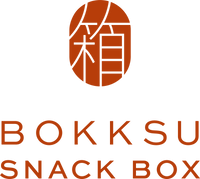


 Bokksu Snack Box
Bokksu Snack Box


